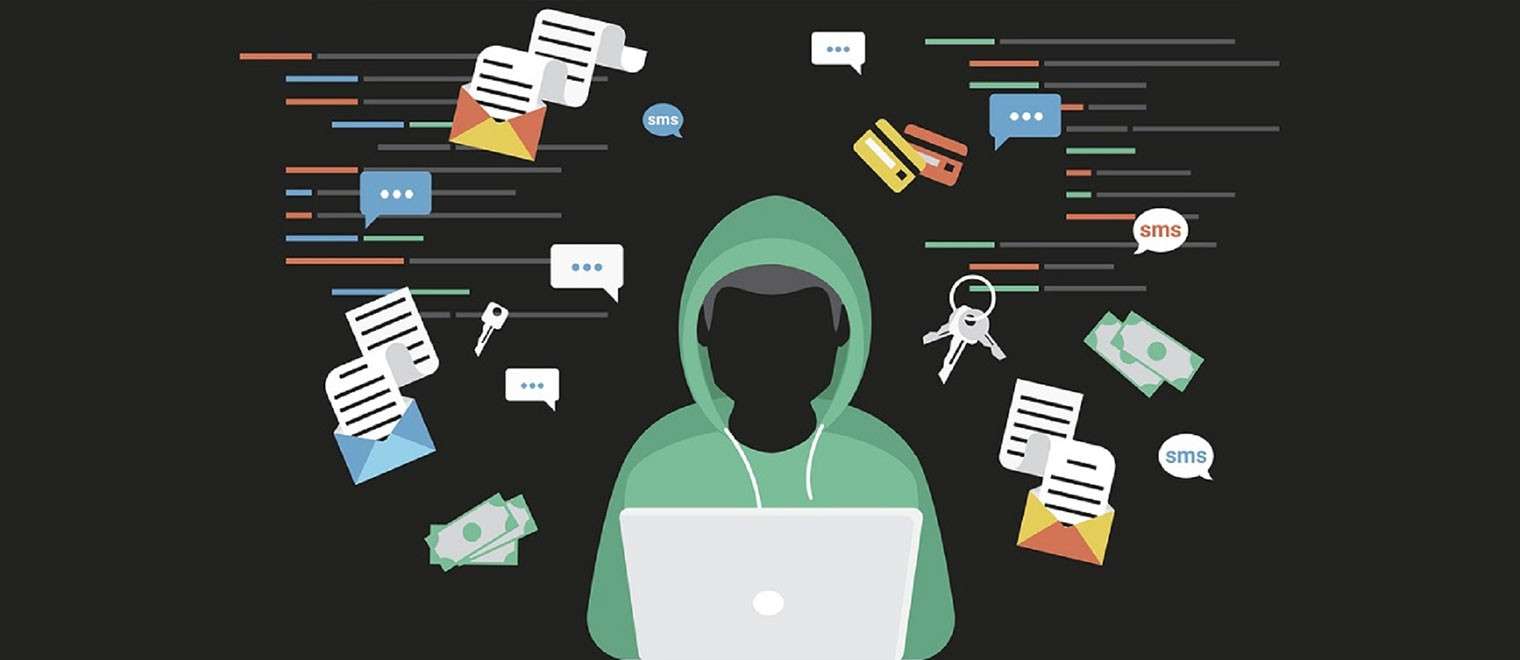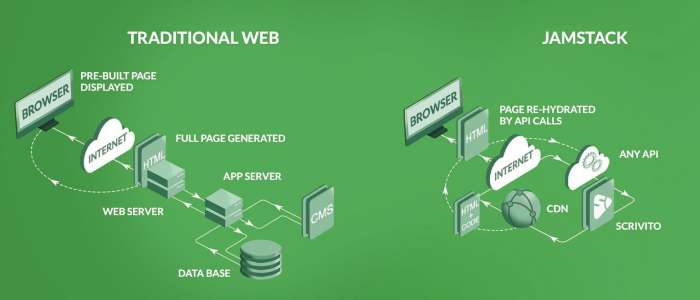In today's interconnected world, the importance of cybersecurity cannot be overstated. As web developers, it's our responsibility to not only create functional and visually appealing websites but also to ensure they are secure from potential cyber threats. With the ever-evolving landscape of cybersecurity threats, staying vigilant and implementing robust security measures is crucial. In this comprehensive guide, we'll explore essential security best practices that every web developer should know to protect against cyber threats and safeguard sensitive data.
Understanding Cyber Threats
Before diving into security best practices, it's essential to understand the various cyber threats that websites face:
- Malware: Malicious software designed to disrupt, damage, or gain unauthorized access to computer systems.
- Phishing Attacks: Deceptive attempts to obtain sensitive information, such as usernames, passwords, and credit card details, by posing as a trustworthy entity.
- Cross-Site Scripting (XSS): Exploiting vulnerabilities in web applications to inject malicious scripts into web pages viewed by other users.
- SQL Injection: Exploiting vulnerabilities in database-driven applications to execute malicious SQL queries and gain unauthorized access to databases.
- DDoS Attacks: Distributed Denial of Service attacks overwhelm a website's server with a flood of traffic, rendering it inaccessible to legitimate users.
Security Best Practices for Web Developers
- Keep Software Updated: Regularly update all software, including web servers, content management systems (CMS), plugins, and libraries, to patch known vulnerabilities and protect against exploits.
- Implement HTTPS: Secure communications between the web server and users' browsers by implementing HTTPS encryption. Obtain an SSL/TLS certificate from a trusted Certificate Authority (CA) and configure your web server accordingly.
- Sanitize Input Data: Validate and sanitize all user input to prevent SQL injection, XSS, and other injection attacks. Use parameterized queries and input validation libraries to ensure data integrity.
- Use Strong Authentication: Enforce strong password policies, implement multi-factor authentication (MFA), and consider using OAuth or OpenID Connect for third-party authentication to enhance security.
- Employ Content Security Policy (CSP): Implement CSP headers to mitigate XSS attacks by specifying approved sources for content, scripts, and other resources loaded by your web application.
- Regular Backups: Perform regular backups of your website's files and databases to mitigate the impact of data loss due to cyber attacks, server failures, or accidental deletions.
- Implement Web Application Firewall (WAF): Deploy a WAF to monitor and filter HTTP traffic to your web application, blocking malicious requests and preventing common attack vectors.
- Conduct Security Audits: Regularly audit your website's codebase for security vulnerabilities, conduct penetration testing, and utilize security scanning tools to identify and address potential weaknesses.
Educate Yourself and Stay Informed
Cybersecurity is a constantly evolving field, so it's essential to stay informed about the latest threats, vulnerabilities, and best practices. Engage in ongoing education, participate in cybersecurity communities, and attend conferences and workshops to enhance your knowledge and skills.
Conclusion
Protecting against cyber threats requires a proactive approach and a commitment to implementing robust security measures throughout the development lifecycle. By following these security best practices and staying informed about emerging threats, web developers can effectively safeguard their websites and protect sensitive data from malicious actors. Remember, security is everyone's responsibility, and by prioritizing cybersecurity in your development process, you can contribute to a safer and more secure digital ecosystem for all.


